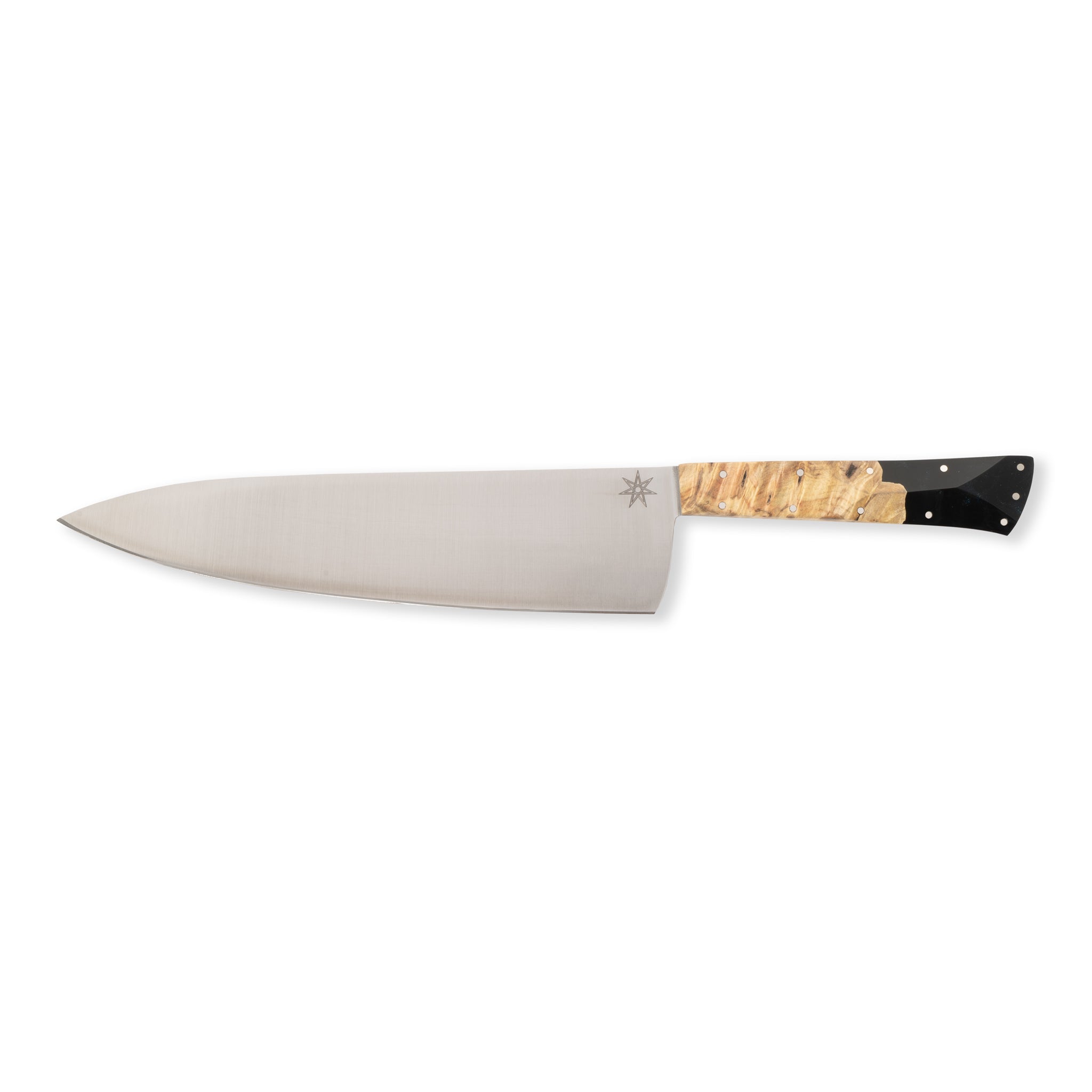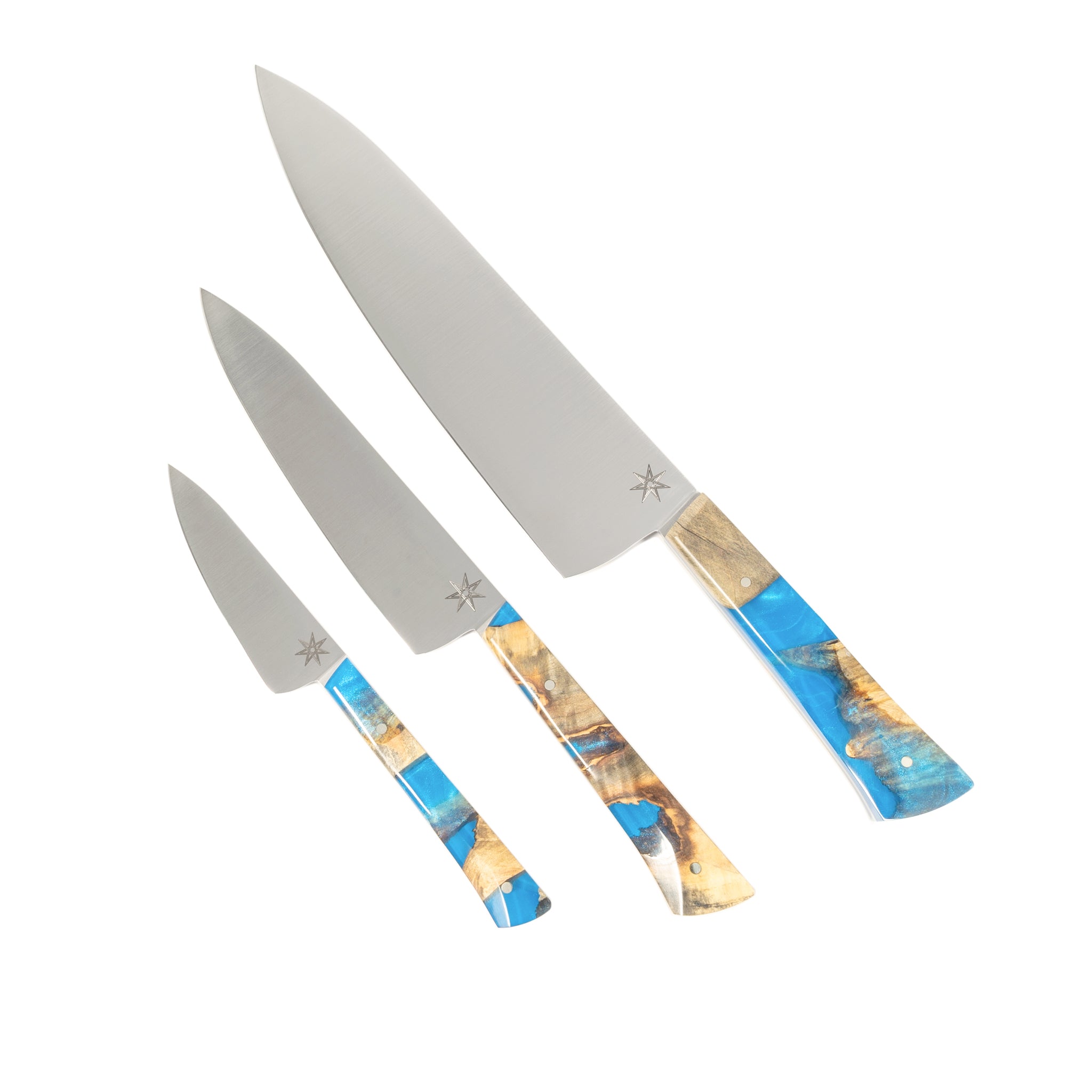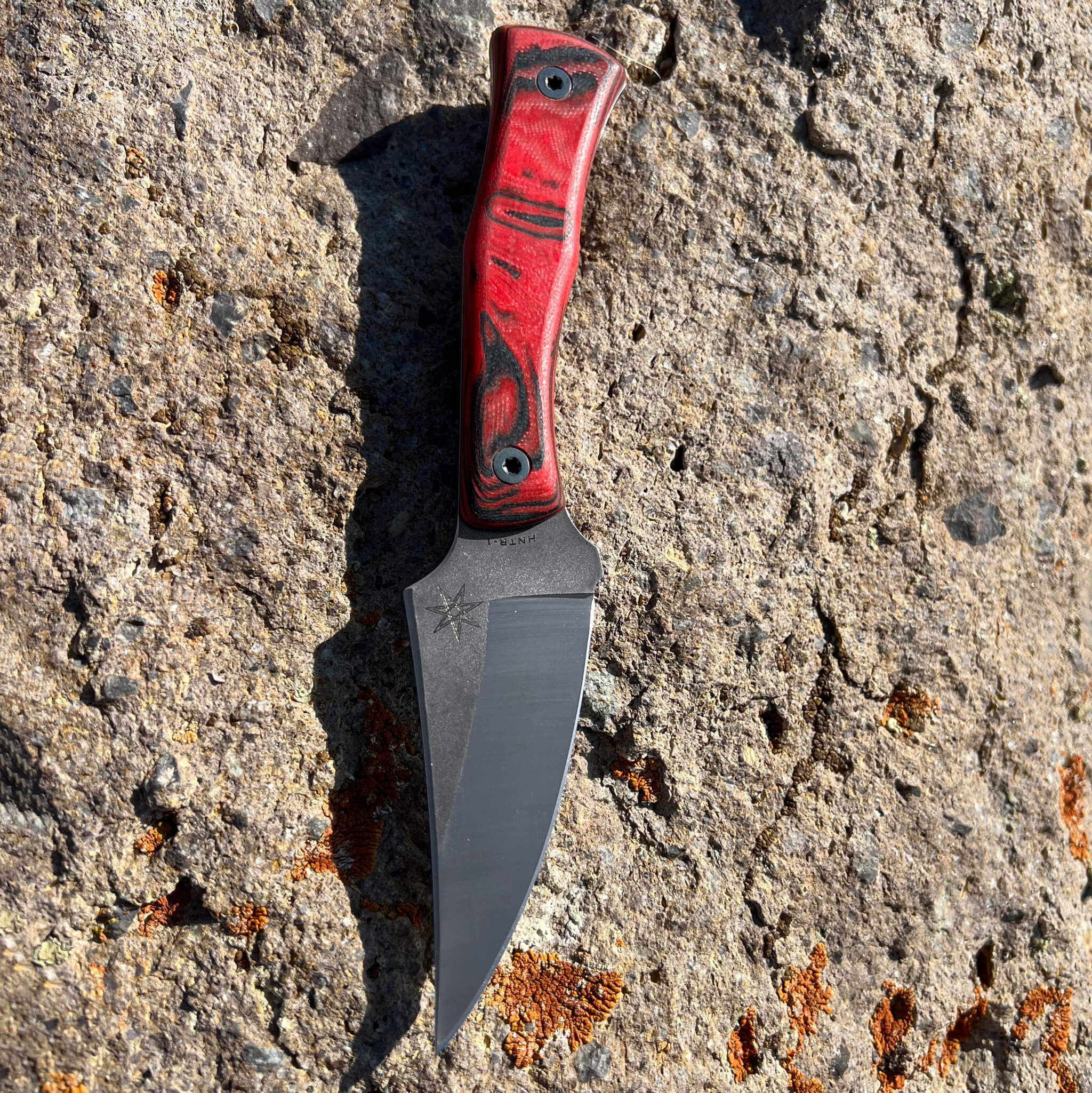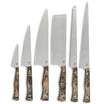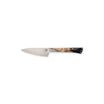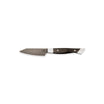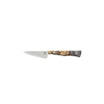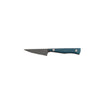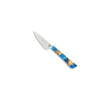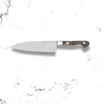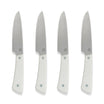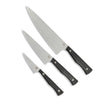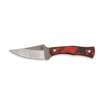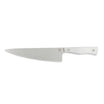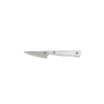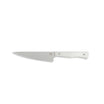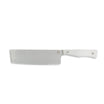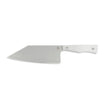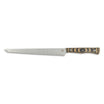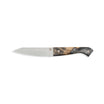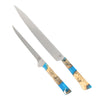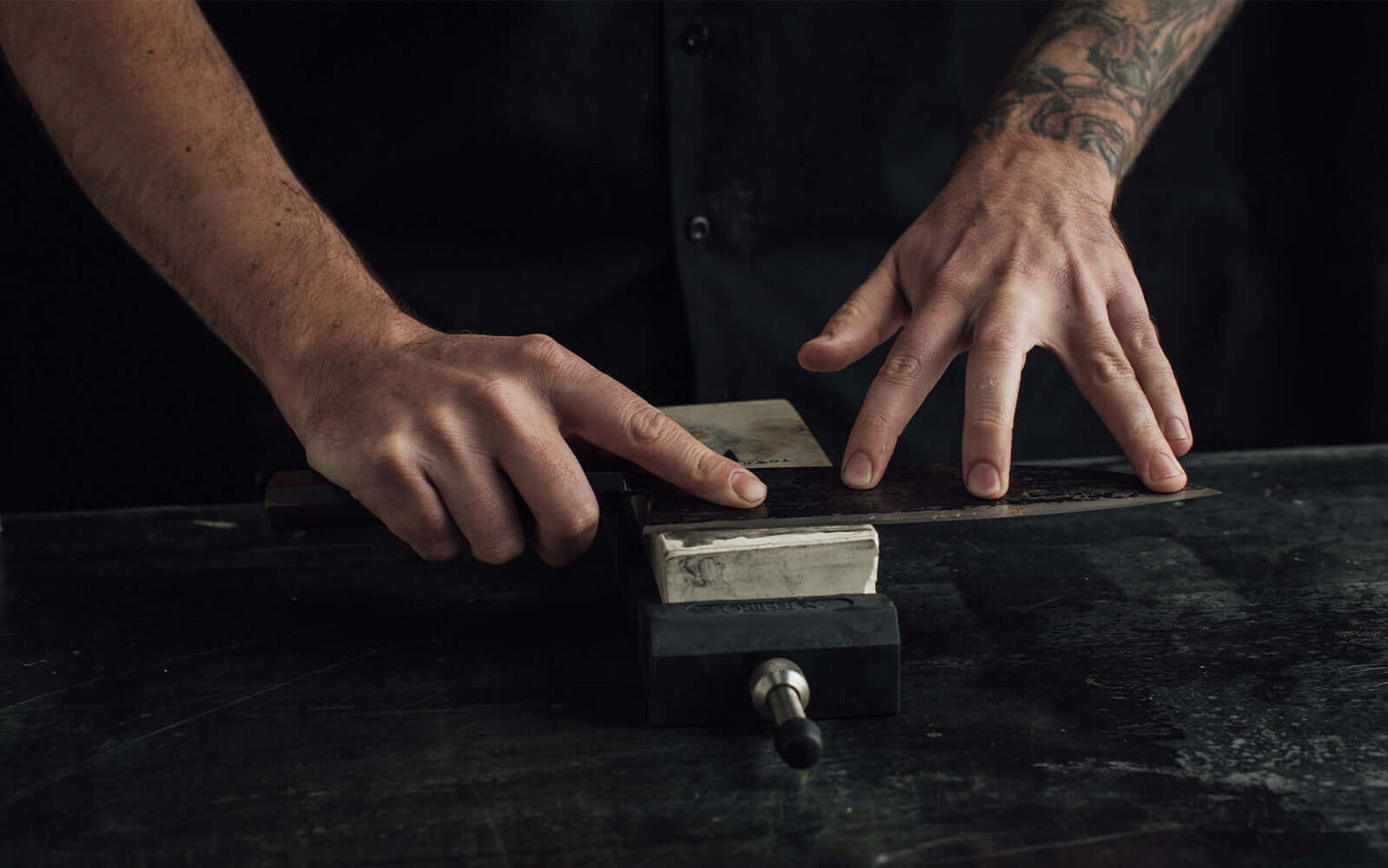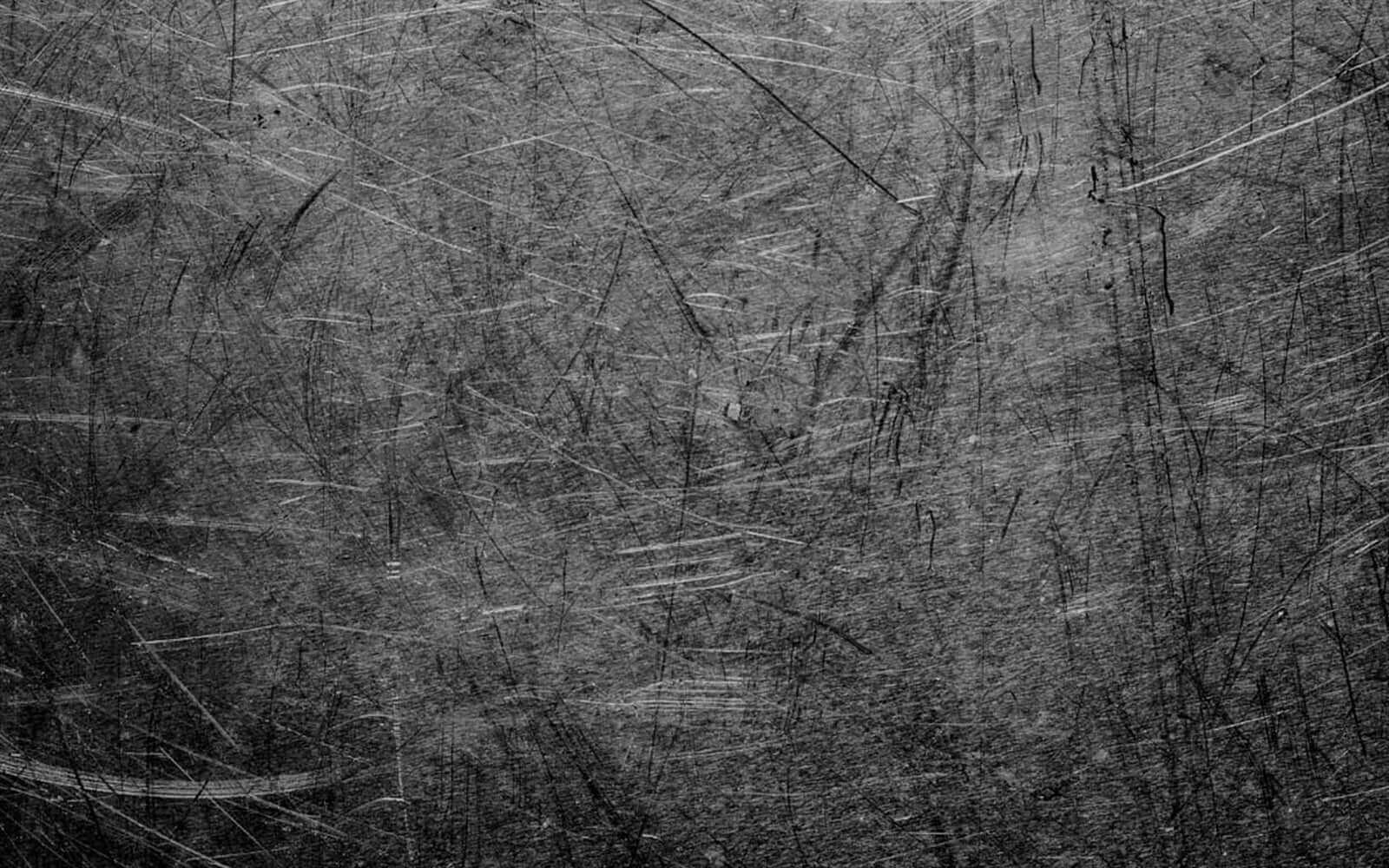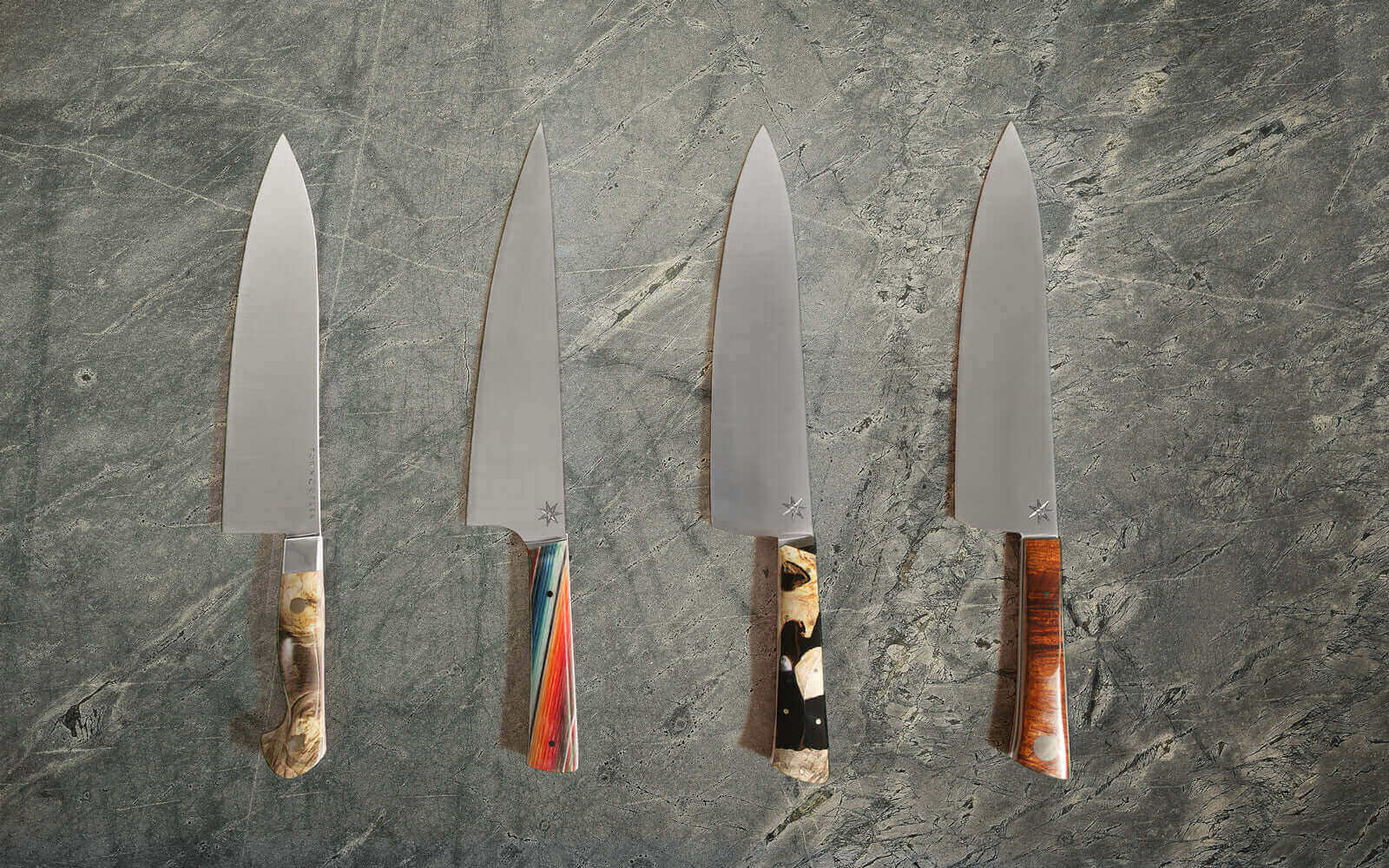Essential Tips for Proper Knife Sharpening and Care
When you receive a nice knife you are excited, after all this is new tool that you can show off and use at the same time. A nice knife signifies to those around you, “I like to cook and I take pride with the cutlery I use!” However, after using the knife a few times the unfortunate realization will start to creep into your mind that the knife will not stay sharp forever. By following a few simple do’s and don'ts of knife sharpening and maintenance, you won’t have to worry about your blades and can keep them looking sharp.
THE DO'S
- Keep your knives clean and dry as much as possible.
- Cut your food on wooden cutting boards, which is better for the edge of your knife. Cutting on hard surfaces, such as a stone or steel countertop or a glass cutting board, will dull the edge of your knife faster and can even cause damage to your blade.
- Sharpen your knives on sharpening stones. Using a Japanese whetstone to sharpen your knives is the best way to achieve the sharpest edge on your knife.
- Keep your angle consistent when sharpening. This may prove to be hard when learning how to sharpen a knife, but it is important to hold the blade at the same angle on every stroke and keep your angle low.
- Always finish on a fine grit stone, which will polish your edge and get your knife closer to being razor sharp.
- After polishing your edge on a fine grit stone, finish the process by honing your knife on a leather strop, which will help achieve the finest edge possible.
- Polish and strop your knives frequently. This will help maintain your edge between sharpenings.
THE DON'TS
- Don’t run your knife through a knife system or device. Running your blade through a device will unevenly chew up the edge, can scratch the face of the blade, and will not get your knife as sharp as using a whetstone to sharpen.
- Do not belt sharpen knives. Sharpening on a belt grinder will heat up the blade and change the molecular structure of the steel. Heating a blade will soften the steel and the knife will not be able to hold an edge as long and will never truly achieve its maximum sharpness.
- If honing a knife on a steel rod, don't slam it against the rod. It is not a percussion instrument, it’s a tool that is meant to maintain the edge of softer steels. It is also important to use long even strokes and keep a consistent angle. For harder steels we recommend people hone their edge on a leather strop.
- Don’t hard chop, hack, or saw a food if your knife isn’t meant to be used in that capacity. In other words, use your knife for its intended purpose. You would not want to use a paring knife to butcher a pork shoulder, you would want to use a boning knife. Similarly you would not use a cleaver to peel the skin off an apple, you would want to use a paring knife. By using a knife incorrectly or for the wrong purpose (including using your knife as a screwdriver or can opener) you could do harm to the overall structure of the knife.
Now that you have some tips on knife care, maintenance, and sharpening, look through your knife collection and pick out the knives you think need some attention. If you do not sharpen your knives at home we encourage you to find a sharpener who is trustworthy and reliable. Before taking your precious tools in, do a little research and find out what type of sharpening the business performs. Ask questions and get to know their techniques. At Town Cutler we provide complimentary knife sharpening for all Town Cutler knives. We also offer mail-in sharpening service if you do not live near our location.
We also encourage people to learn how to sharpen your knives at home, we recommend investing in high quality sharpening supplies. Knife sharpening is a great skill to have and with time and practice we think you will be happy with the outcome of your blades when you learn how to sharpen properly. Even with consistent at home knife sharpening, we still recommend you bring your knives to a professional from time-to-time to have them tuned-up. Much like visiting the dentist, even though you brush your teeth everyday and do a good job at home, at least once or twice a year you need to see a professional to have them inspected and thoroughly taken care of.
ALL knives will benefit from regular maintenance and routine sharpening, whether you do it yourself or bring them to a knowledgeable professional. How often should kitchen knives be sharpened? The frequency of which you need to maintenance and sharpen your knife depends on how often you use it and the knife itself. Once your knife starts to slip on the product you are cutting or you notice that it requires some effort to cut through food, it’s time to give your knives some attention. We also like to remind people that while it’s always important to be mindful when using a knife, a sharp knife is safer than a dull knife and makes for a better experience in the kitchen.

